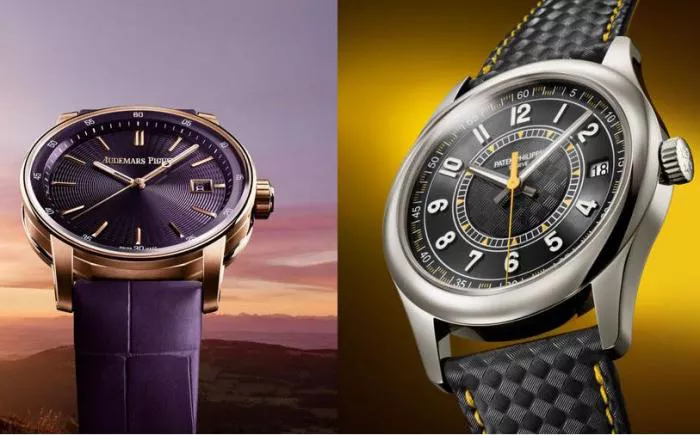The world of haute horlogerie is fiercely competitive, with few rivalries as storied as that between Audemars Piguet and Patek Philippe. These two Swiss watchmaking giants, alongside Vacheron Constantin, form the revered “Holy Trinity” of luxury timepieces. Both brands boast rich histories, unwavering prestige, and devoted followings among collectors and enthusiasts.
Origins and Legacy
Founded in 1875 by Jules Louis Audemars and Edward Auguste Piguet, Audemars Piguet began as a partnership in Switzerland’s Vallée de Joux. The company, officially named Audemars Piguet & Cie in 1881, has remained family-owned since its inception. Audemars specialized in crafting intricate watch movements, while Piguet excelled in regulating them. The brand gained fame in 1892 with the world’s first minute repeater wristwatch and has since been celebrated for its bold, innovative designs.
Patek Philippe traces its roots to 1839, when Polish businessman Antoine Patek and Czech watchmaker Franciszek Czapek established a Geneva-based workshop. The company’s fortunes soared in 1845 with the arrival of French watchmaker Adrien Philippe, inventor of the keyless winding mechanism. Renamed Patek, Philippe & Cie in 1851, the brand became synonymous with technical mastery and elegance, introducing the first perpetual calendar wristwatch in 1925.
Design Philosophy
Audemars Piguet is renowned for its daring, sporty aesthetics. In 1934, it pioneered the skeleton watch, showcasing intricate movements through transparent dials. The brand also set records for ultra-thin timepieces, such as the 1986 Calibre 2870 tourbillon. Its diverse offerings include rubber, leather, steel, and precious metal straps, catering to varied tastes.
Patek Philippe, by contrast, favors timeless, understated elegance. Its designs lean toward classic dress watches, appealing to purists who value tradition. This conservative approach has cemented Patek’s reputation as a symbol of refined luxury.
Craftsmanship and Durability
Both brands exemplify uncompromising quality, using premium materials like sapphire crystals, gold, diamonds, and high-grade stainless steel. Their timepieces endure rigorous testing, ensuring longevity and precision. In this regard, neither brand holds a clear advantage—both represent the pinnacle of horological craftsmanship.
Mechanical Movements: Precision and Innovation
Audemars Piguet’s movements, such as the Royal Oak’s Calibre 2121, offer a 60-hour power reserve and hacking seconds—a feature that halts the seconds hand for precise time-setting. This technical refinement enhances accuracy, earning praise from horologists.
Patek Philippe’s Calibre 324C, found in models like the Nautilus, provides a 45-hour power reserve but lacks hacking seconds. While still exceptional, this slight difference gives Audemars Piguet an edge in mechanical sophistication.
Conclusion: A Matter of Preference
The Audemars Piguet vs. Patek Philippe debate ultimately hinges on personal taste. Audemars appeals to those who favor bold innovation, while Patek attracts traditionalists seeking timeless elegance. Both brands, however, remain undisputed leaders in luxury watchmaking, each with a legacy that transcends time.


